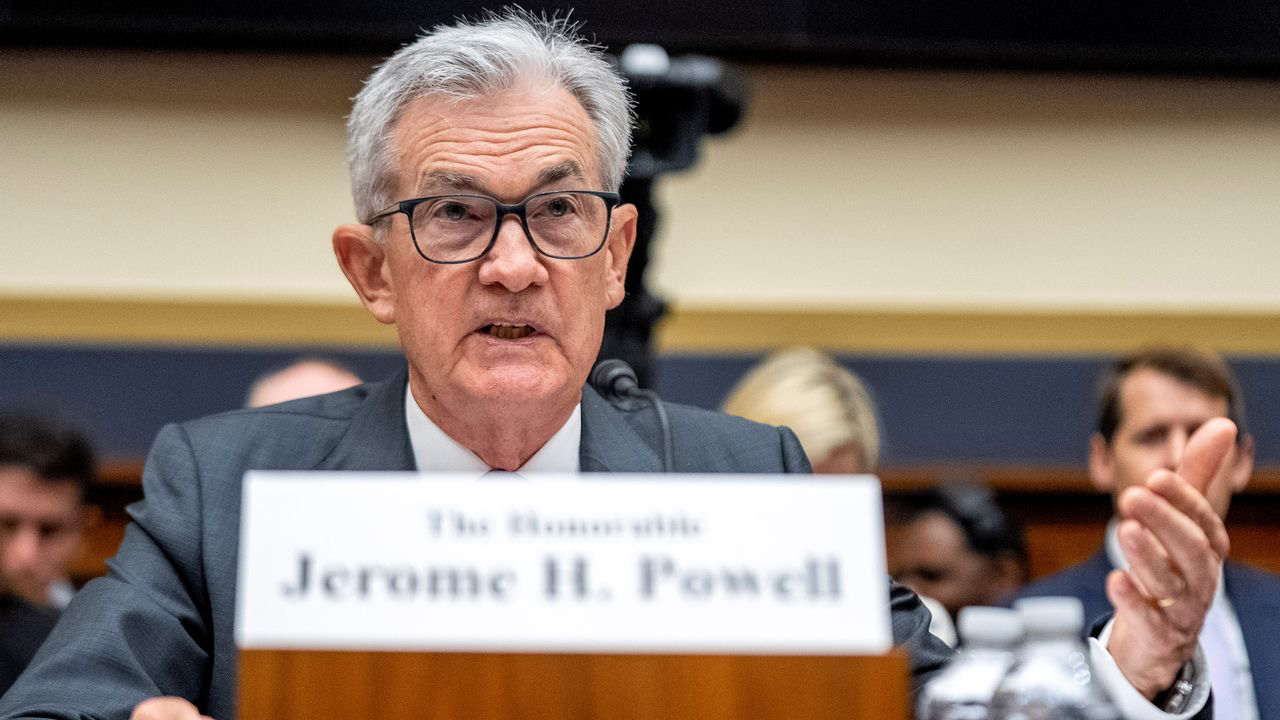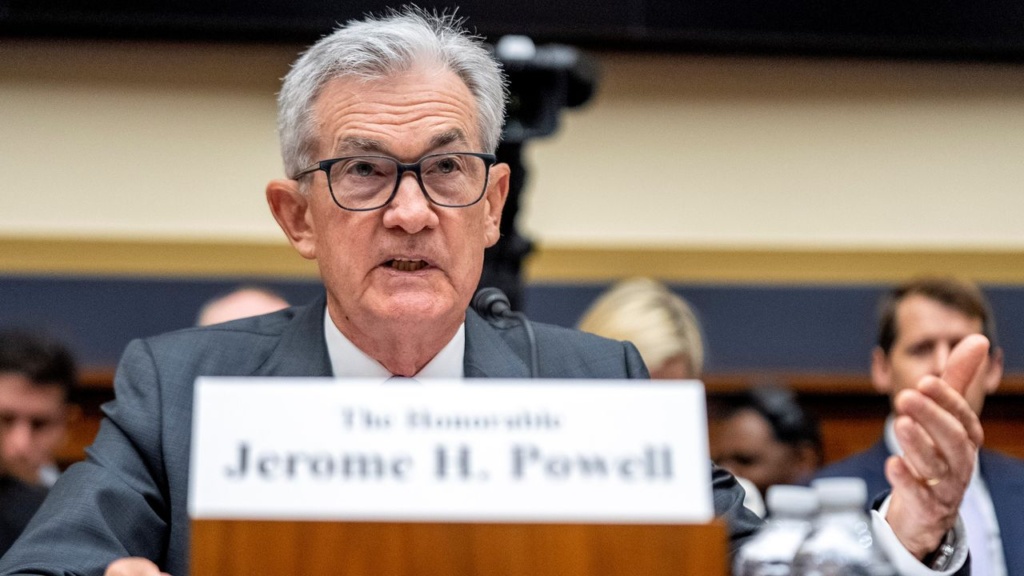Fed launches probe into expanding private credit market
Ever since the global financial crisis of 2008, market analysts, regulators and media commentators have been pondering the question of what might be the next sub-prime.

The crisis in the US sub-prime mortgage market was the trigger for the 2008 crisis in which a total collapse of the financial system was only averted by a massive intervention by the US Federal Reserve and the government. It was an expression of rampant speculation and in some cases outright criminal activity by some of the largest American banks.
In the years since 2008, one of the issues of greatest concern has been the rise and rise of the largely unregulated non-banking financial institutions (NBFIs). As so often happens when regulators try to fix a problem in one part of the capitalist system, the supposed solution creates another. This has been the case with regard to NBFIs.
The extraordinary growth of private credit, especially over the past decade, was the result of efforts to more tightly regulate the banks and prevent a recurrence of the bailouts in the wake of the 2008 crisis. Finance capital responded by extending the role of credit outside the traditional banking system.
However, as has been acknowledged by the International Monetary Fund and other international bodies, regulators have very little idea of the activities of these organisations, such as hedge funds, family companies and other funds operating in the world of private credit. The word most often used in reports is “opaque.”
Of particular concern is the connection of private credit to the banking system as a whole. While the private credit markets operate outside the banking system, they depend on it for the supply of funds. This has been increasing at an exponential rate.
According to a report in the Financial Times this week, the amount of lending which the big US banks have provided for private capital firms has risen 30-fold over the last decade, from $10 billion to $300 billion in 2023.
In an attempt to find out what is going on, the US Fed earlier this month announced that it would carry out an “exploratory analysis” to be conducted alongside its stress tests of the major banks with the aim of providing an insight into the “resiliency of the US banking system.” It hastened to assure the large banks that the exploration “would not affect large bank capital requirements.”
The major banks are intensely hostile to any measures that compel them to increase their capital reserves to cover potential losses because this means the withdrawal of funds that would otherwise be employed to make profit.
The Fed statement announcing the investigation, which will report its findings in June, said it would “examine the risks posed to banks” by NBFIs. It noted that US bank exposures to them had grown rapidly over the past five years and that the banks’ credit commitments to them totalled $2.1 trillion in the third quarter of 2024.
“This growth poses risks to banks, as certain NBFIs operate with high leverage and are dependent on funding from the banking sector.”
The exploratory analysis would examine two issues: credit and liquidity shocks in the NBFI sector during a global recession; and the effect of a market shock. The latter was defined as “a sudden dislocation to financial markets resulting from expectations of reduced global economic activity and higher inflation expectation” with distress in equity markets leading to defaults by major hedge funds.
While no one can forecast what exactly might set off a crisis, there are any number of potential triggers.
The Fed statement pointed to some of them, including a sudden dislocation to markets caused by reduced growth expectations and higher inflation, and an appreciation in the value of the US dollar against other major currencies. Others were a rise in yield on short-term US Treasury bonds, and an increase in expected defaults leading to a widening of credit spreads—a divergence between interest rates for private credit compared to the rate on Treasury bonds.
Potential triggers not mentioned include a rapid fall in the stock market valuation of a major corporation.
Last month, for example, the market capitalisation of the AI chip maker Nvidia, at one stage the biggest company by this metric in the world, fell by $600 billion in a single day. This resulted from the announcement by the Chinese firm DeepSeek that it had found a cheaper way of developing AI without using top-end chips.
Since then, the total market capitalisation loss by Nvidia has reached $850 billion, sliced off its market high of $3.66 trillion at the beginning of January.
What are initially paper losses for investors who bought at the height of the market frenzy have the potential to translate into real losses if the assets have to be sold to meet debt obligations and to set off a chain reaction.
There are also issues of concern in the very foundations of the bond market. What has been characterised as a conundrum has emerged since the Fed began cutting its interest rate last September. Over a period of three months, the Fed rate fell by 1 percentage point. However, instead of falling, as expected if “normal” conditions prevailed the yield (interest rate) on the 10-year US Treasury bond, the benchmark for the financial system, has risen by a percentage point.
A number of short-term issues have been put forward as the reason, including fears of renewed inflation fuelled by lower interest rates, and the effect of tariffs.
An analysis issued in January by Rashad Ahmed, an economist with the Office of the Comptroller of the Currency and Alessandro Rebucci, a professor at Johns Hopkins University, pointed to deeper processes.
They suggested that it may reflect “waning official demand for dollar-denominated safe assets, possibly driven by geopolitical concerns including fear of sanctions and asset freezes.”
As they pointed out, the “rise in 10-year yields coincides with a substantial reduction in dollar reserve assets held by foreign official institutions.”
The authors said that foreign official buyers may be shifting to fiat currencies other than the US dollar and also into gold, the price of which has risen by nearly 30 percent over the past year.
They concluded by saying the jury was still out on whether the dollar’s status as the dominant reserve currency was being undermined. However, they noted that “it is possible for even a small reduction in the US dollar share of foreign reserves to have a significant short-run impact on US Treasury markets.”
One of those impacts could well be in the private capital markets which have gorged themselves on low rates, building up debt to finance their speculative ventures, but now confronting a higher interest rate environment.
[This article was originally published in the World Socialist Web Site here on 14 February 2025]
Fed launches probe into expanding private credit market Read More »

